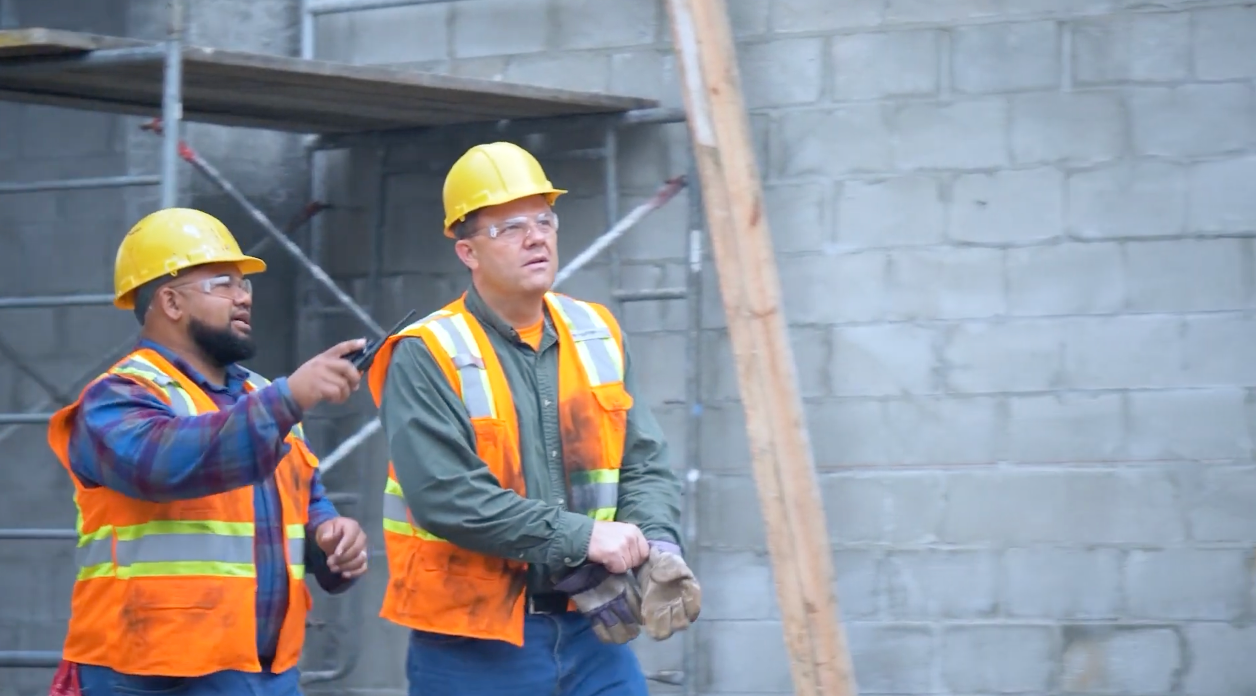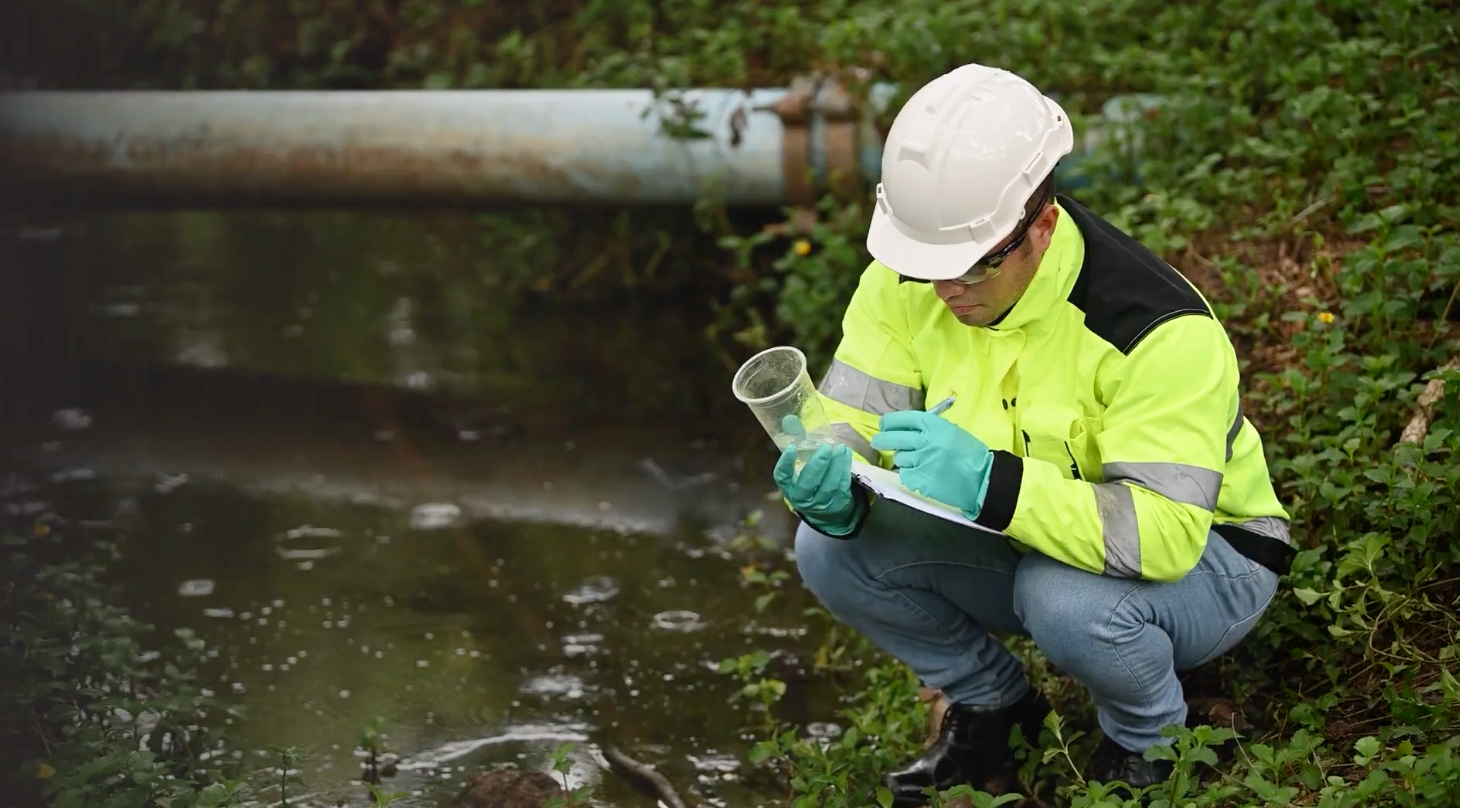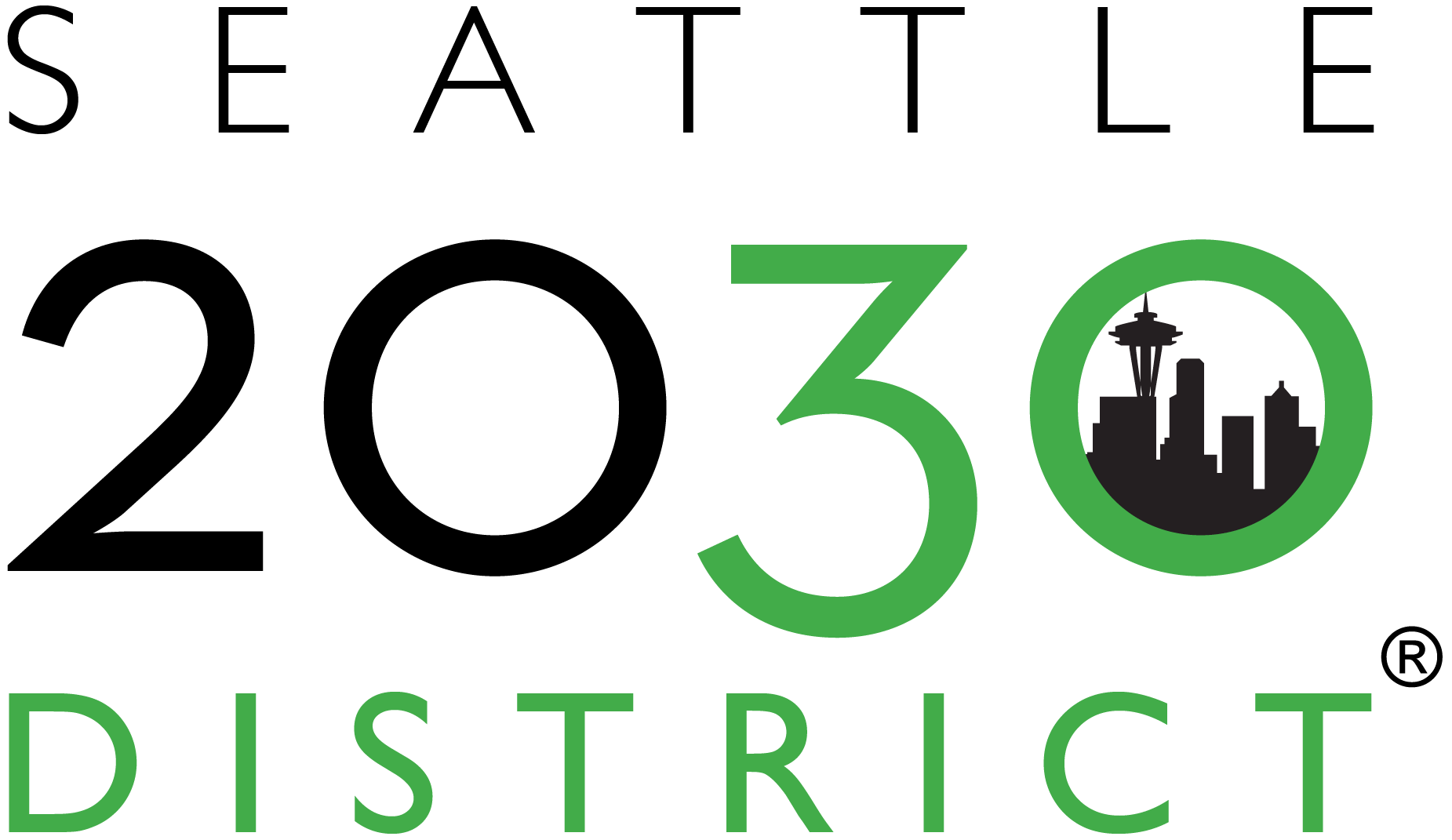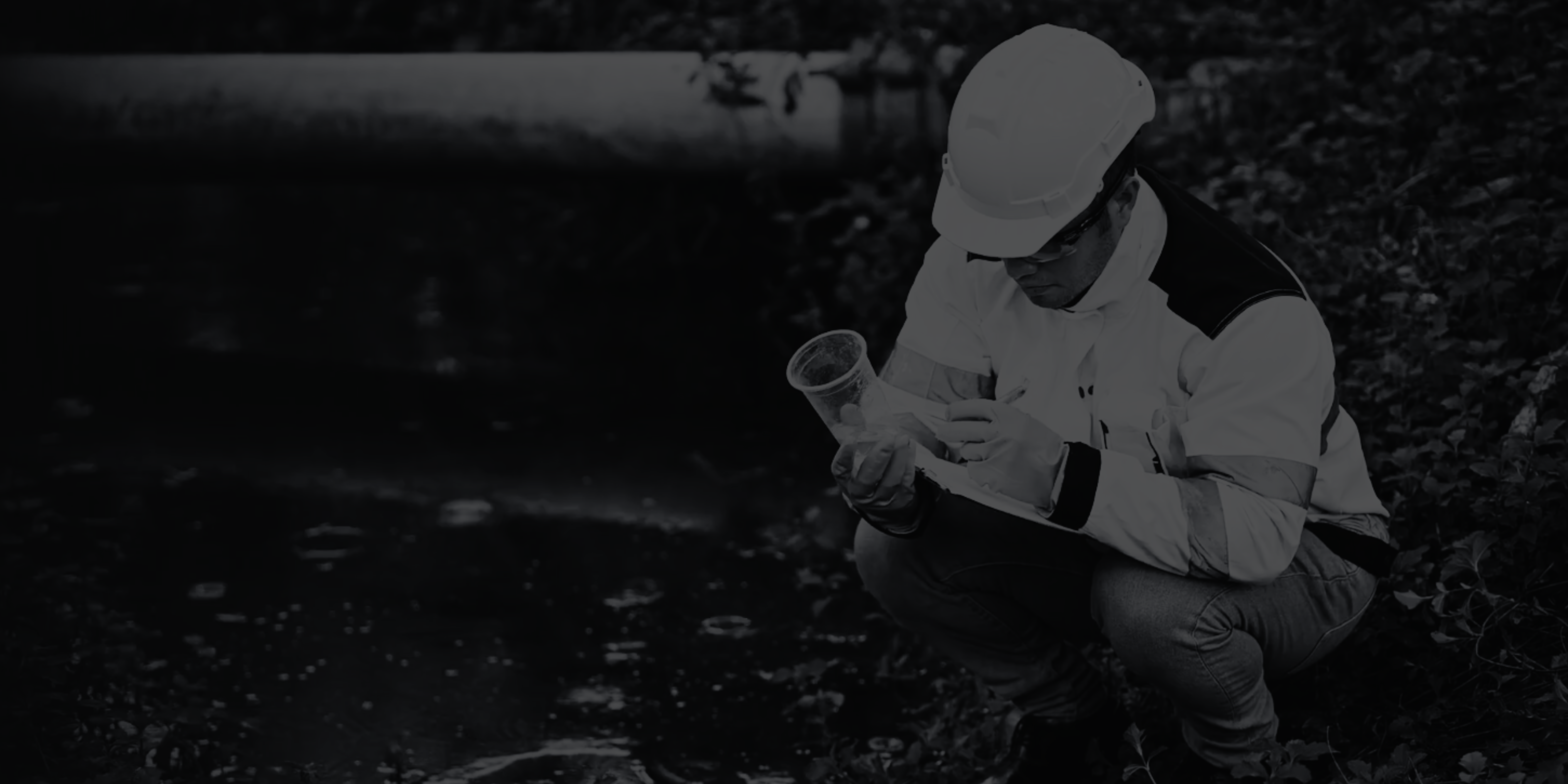There are a lot of harmful substances to be aware of these days. Many even sound the same and are easy to confuse: PFAS, PBDEs, PVC… It may feel like that list is being constantly updated with new acronyms and it can be overwhelming to find out about another hazardous toxic—especially one that poses risks to both human and environmental health. However, there are just a few things you need to know about polychlorinated biphenyls (or PCBs) in order to feel confident to begin taking meaningful action to address this issue.
What are PCBs and why were they included in many common building materials?
PCBs are a class of synthetic chemicals that are not found naturally in the environment. Developed by Monsanto, there are 209 different compounds within this class. The chemical properties of PCBs made them suitable for a wide range of industrial and commercial applications. They were designed to be chemically stable, have a high heat capacity/boiling points, resist combustion, and have insulative properties. Thus, PCBs were intentionally added to paints and caulks among other building materials to add flexibility, durability, and improve adhesion. These materials were mainly used in industrial buildings rather than residential, single-family homes due to their prohibitive cost.
PCBs were in use from the 1930s until 1980, but they were used most from 1950 to 1980. While the manufacture of PCBs was banned in 1979 by the Toxic Substances Control Act (TSCA), they can still be found in buildings built or renovated before or around this time because many contractors still had a stockpile of PCBs-containing materials in their possession.

Where are PCBs and how do they travel?
PCBs can be in either liquid or non-liquid form and may be present in:
- Oil-based paint
- Caulking, plus other sealants
- Transformers and capacitors
- Electrical equipment parts (ex. voltage regulators, switches, reclosers, bushings)
- Oil-filled electrical cable, and electromagnets
- Automobiles and reusable automobile parts
- Heat transfer equipment
- Polyvinyl chloride (PVC) plastic
- Recycled oil
- Hydraulic equipment
- Water-proofing materials
- Preserved wood
- Asphalt roofing materials
- Coatings for water pipes and storage tanks
- Sound-dampening material
- Insulation (ex. wool felt, foam rubber, fiberglass)

When PCBs are present on the exteriors of buildings, they can enter the environment through a variety of ways. For example, when materials like caulk or paint are weathered by either nonhuman (ex. rain) or human (ex. pressure washing) causes, they can wash into stormwater systems and eventually flow into our waterways. This process shows how PCBs in legacy materials are still impacting our environment long after their manufacture was banned.
PCBs have been detected by sediment sampling in both stormwater drainage systems and the Puget Sound, as well as other water bodies across Washington. Unlike other contaminants in Puget Sound which are stable or declining, the level of PCBs continues to increase. This is concerning for a variety of reasons.
What are the risks associated with PCBs?
PCBs-containing building materials can pose health risks and contaminate stormwater, soils, sediments, and indoor air. They are persistent, bioaccumulative, and toxic chemicals. Bioaccumulative chemicals build up over time in people and animals through consistent exposure, becoming more concentrated in organisms at the top of the food chain like orcas. PCBs also take a long time to break down so they remain in the environment, as well as in living organisms, for extended periods.
Depending on what the active source of PCBs is, there are a variety of exposure routes. For humans, diet is the primary exposure route since PCBs accumulate up the food chain and end up in animals we eat, like salmon. Individuals who come in close contact with PCBs-containing materials, such as contractors and construction workers, are also directly exposed through dust and other particulate debris that can be inhaled. PCBs have toxic effects on the immune, reproductive, nervous, and endocrine systems in people and other organisms. They are known to cause cancer in animals and are likely to cause cancer in people. Even low concentrations of PCBs in water can impact aquatic life and human health and they are considered to be one of the most significant toxic chemicals in the Puget Sound.
In addition to environmental and human health risks, PCBs are also associated with financial risk. PCBs can be a significant liability and deter buyers—making refinancing and resale more difficult. Tenants and contractors are increasingly aware of the health risks associated with PCBs, and if PCBs are discovered during a renovation, serious delays can occur.

What are your obligations as a building owner or property manager?
As a building owner or property manager, you are obligated to comply with TSCA and the Clean Water Act. Even if you are not currently obligated to test for PCBs, it could benefit you in the long run to get out in front of this issue rather than letting it catch you off guard when you are unprepared. When it comes to toxics, taking a proactive rather than a reactive approach can only benefit you and the things you care about.
Moreover, in addition to testing for lead or asbestos before any demolition or renovation project, it is becoming standard practice to test for all hazards of concern—including PCBs—before work begins. Because they risk exposing themselves and their teams to this toxic material, contractors are increasingly demanding that building managers and property owners test for PCBs even though it might not be legally required yet. Implementing these best practices and testing out of due diligence for your tenants and the environment is an opportunity for you to be a leader in top building safety and leading health standards.
What actions should you take if you suspect PCBs are in your building?
The first step to determining whether your building is at risk of containing PCBs is finding out what year it was constructed or renovated. If your building was constructed or renovated between 1950 and 1980, it may contain PCBs.
If you suspect your building may contain PCBs, consult the resources developed by the US Environmental Protection Agency (EPA) and the Washington State Department of Ecology. Contact your EPA Regional Coordinator for site-specific information and additional guidance.
- Information about PCBs in building materials for building owners and managers
- Information for contractors working in older buildings that may contain PCBs
- Test methods for PCBs in buildings
- How to find and address PCBs in building materials
- How to estimate abatement project costs
- Additional Resources
Help put an end to the legacy of these toxic chemicals to protect your building, your tenants, and our environment!
About the Author

Emma Dexter is the Special Projects Coordinator at the Seattle and Bellevue 2030 District, where she manages a multi-year grant funded by the U.S. Environmental Protection Agency and the Washington State Department of Ecology. In this role, she leads education and outreach efforts focused on PCBs in building materials, hosting workshops across Washington State. Emma has presented at the Municipal Stormwater Conference collaborates with municipalities, property owners, and contractors to advance awareness and remediation strategies.

